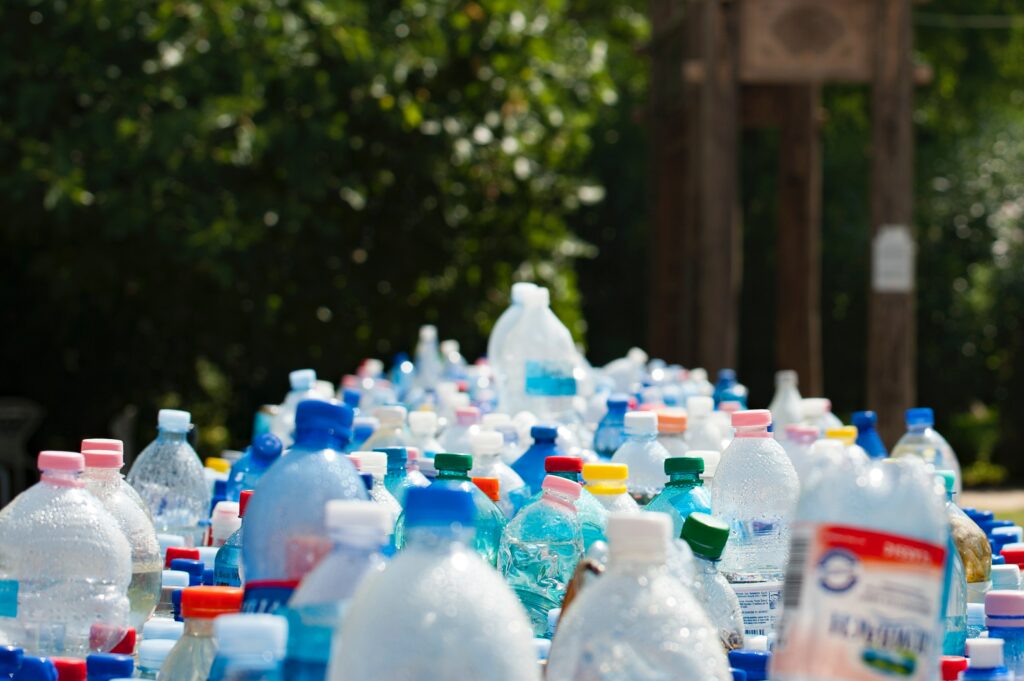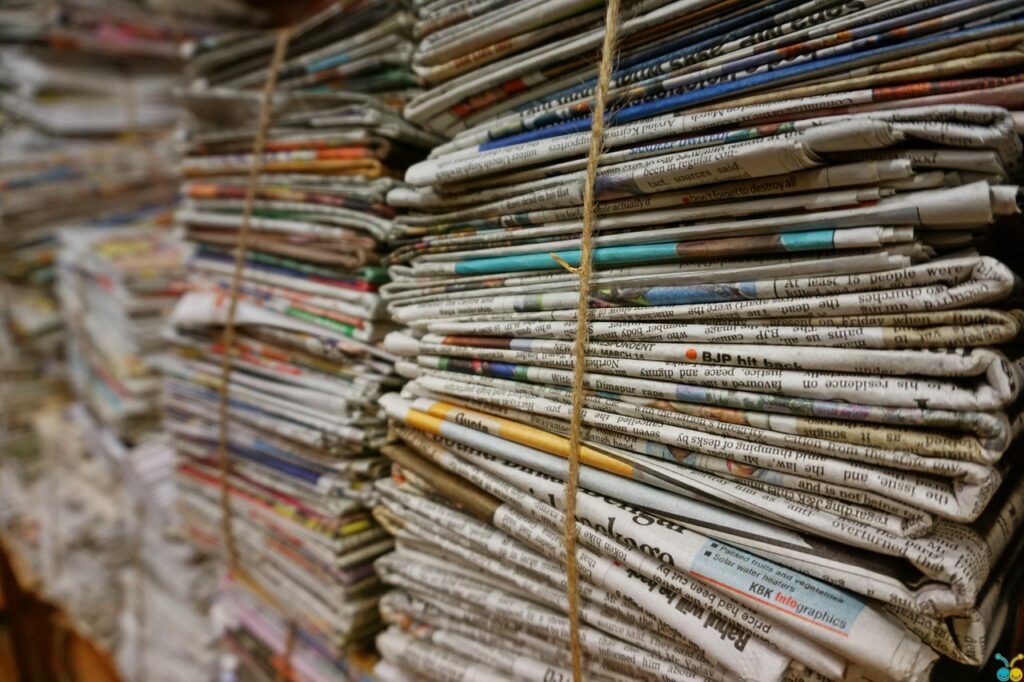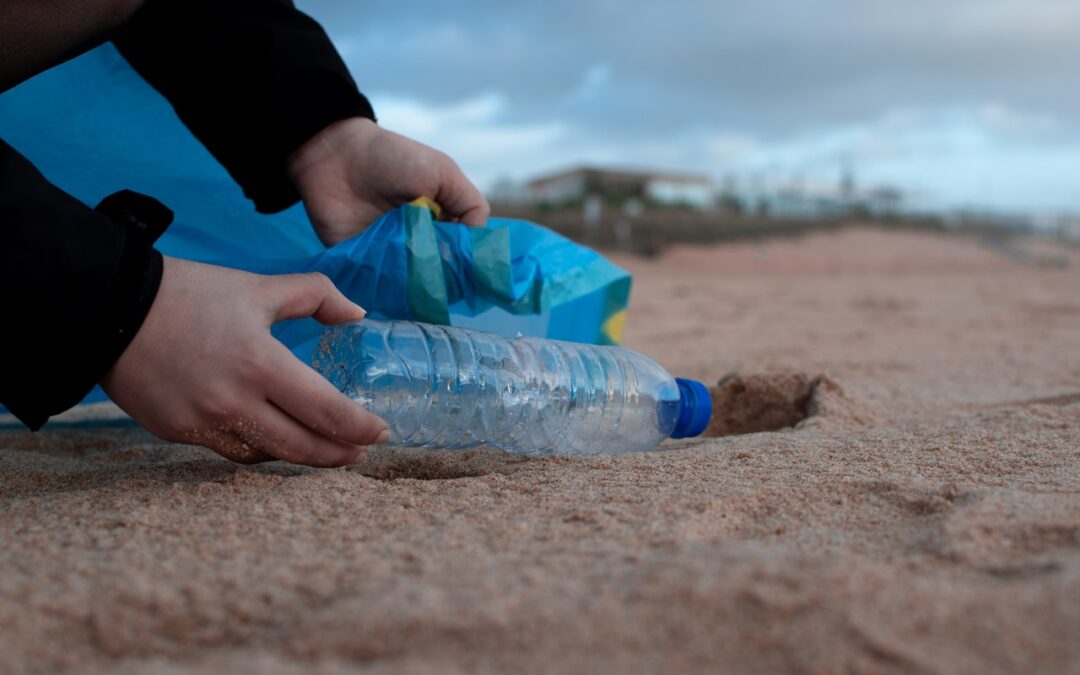After processing, some of the waste may be used as a secondary raw material to manufacture various items. Waste paper is suitable for waste disposal, which is used, for example, for the production of toilet paper, packaging, corrugated cardboard, and new paper. Thanks to it, we save the primary raw material, which is wood. One ton of waste paper replaces 17 trees.
Plastic beverage bottles (PET) can be used for the production of foil, furniture, heating oils and fibres for fabrics, e.g. fleece. Plastics burned at very high temperatures (in a waste incineration plant) are a source of electricity and heat. Glass cullet is re-melted and used for the production of glass packaging. Metals are processed similarly – aluminium, iron, copper. Thanks to metal recycling, we reduce the extraction of raw materials and the formation of mine waste.
Important!
Utilization of waste reduces the acquisition of primary raw materials from the environment and the amount of waste, allows you to save water and energy necessary for their production.
Other ways of using waste
Organic waste, such as food scraps, grass clippings, fallen leaves, straw, sawdust, can be composted. They are folded into piles, providing the individual layers with oxygen access. Then the soil microorganisms decompose such debris faster and transform them into fertilizer. Some microorganisms produce methane as fuel gas when fermenting waste. It is produced in landfills, in sewage treatment plants, in heaps of manure and compost.

Some landfills have degassing installations, sometimes combined with biogas methane recovery systems. The phenomenon of methane production during the fermentation of organic remains is also used in biogas plants, i.e. installations for the production of methane, which can be used as an energy source. The substrate in biogas plants can be organic components of municipal waste, agricultural waste or sewage sludge from sewage treatment plants.
Waste From Energy Production
Much waste is incinerated in waste incineration plants. Such waste disposal is an expensive process, but faster than recycling or composting in the ever-growing landfills. In the incineration plant, at the temperature of 1100⁰C, waste is broken down into components that are relatively safe for the environment.
Small amounts of harmful substances are retained by the filter systems and rendered harmless. The ashes are used to produce building materials. Burning rubbish also provides energy. The incinerators meet very high safety standards.
Part of municipal waste is landfilled. Many landfills are simply depressions or mine workings into which waste has been dumped over the years. Lack of isolation from the environment causes harmful substances to be washed away by water. And move to the soil and watercourses, and dust and gases, including methane, get into the atmosphere.
The area around the landfill is also contaminated. A certain amount of waste is carried outside the landfill by the wind. An excellent example of this is the plastic bags that can be seen in the treetops. Within a radius of several kilometres from the waste collection site.

Moreover, the landfills are inhabited by numerous rodent populations, which are harmful to the environment and people living nearby. Another disadvantage of landfills is that they occupy large areas, and the value of the neighbouring land decreases because no one wants to live,
Waste disposal in landfills is subject to strict legal restrictions. Environmentally safe landfills must be tight and durable, as they will serve several dozen years. They also cannot emit odours or toxic substances. From 2025, a ban on landfilling recyclable and recoverable waste will apply throughout the European Union.
Anyone wishing to hire a dumpster locally can get a free and rapid quote from us. So give us a call today and we’ll provide you with an exact quotation on your next local dumpster rental.

